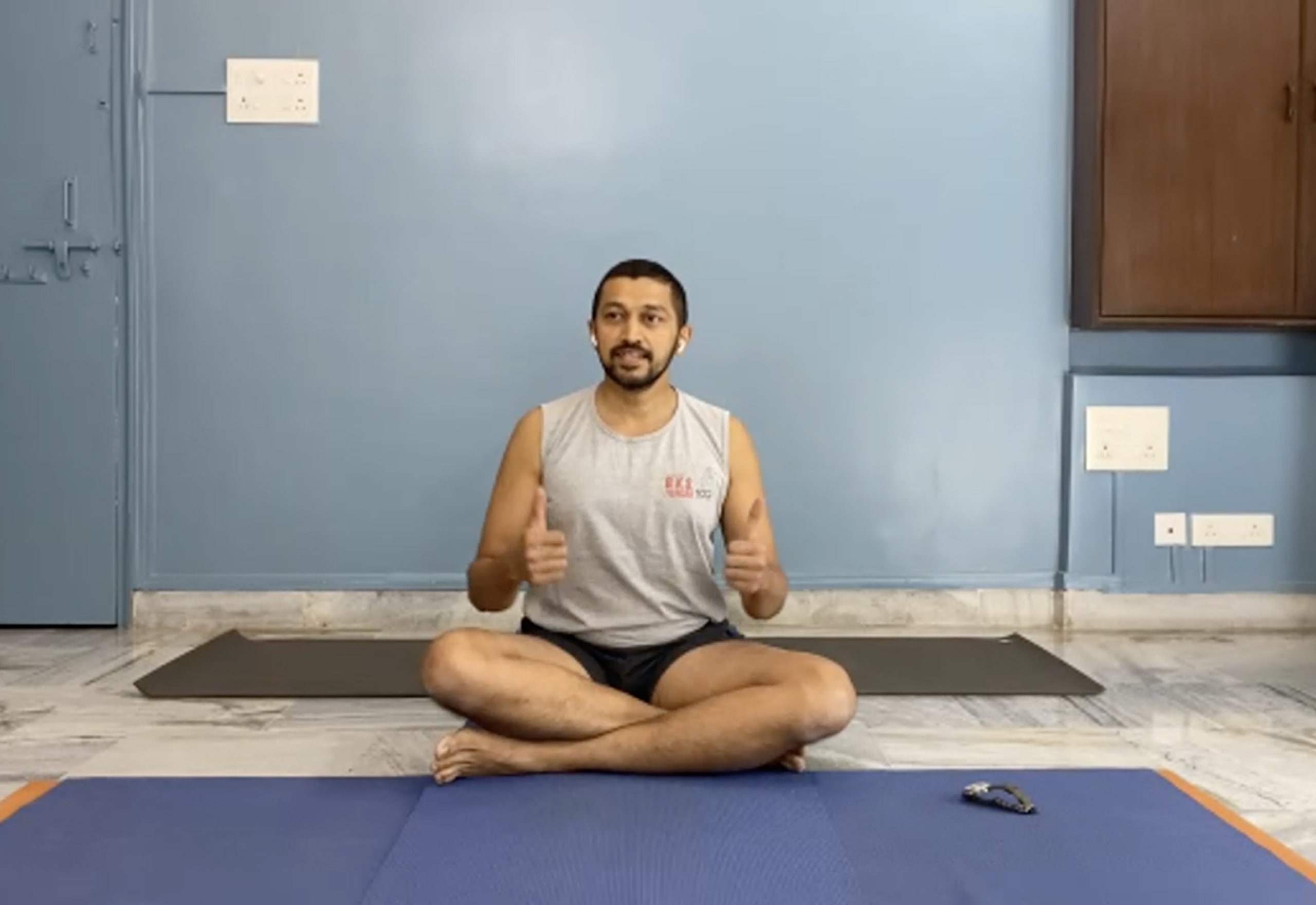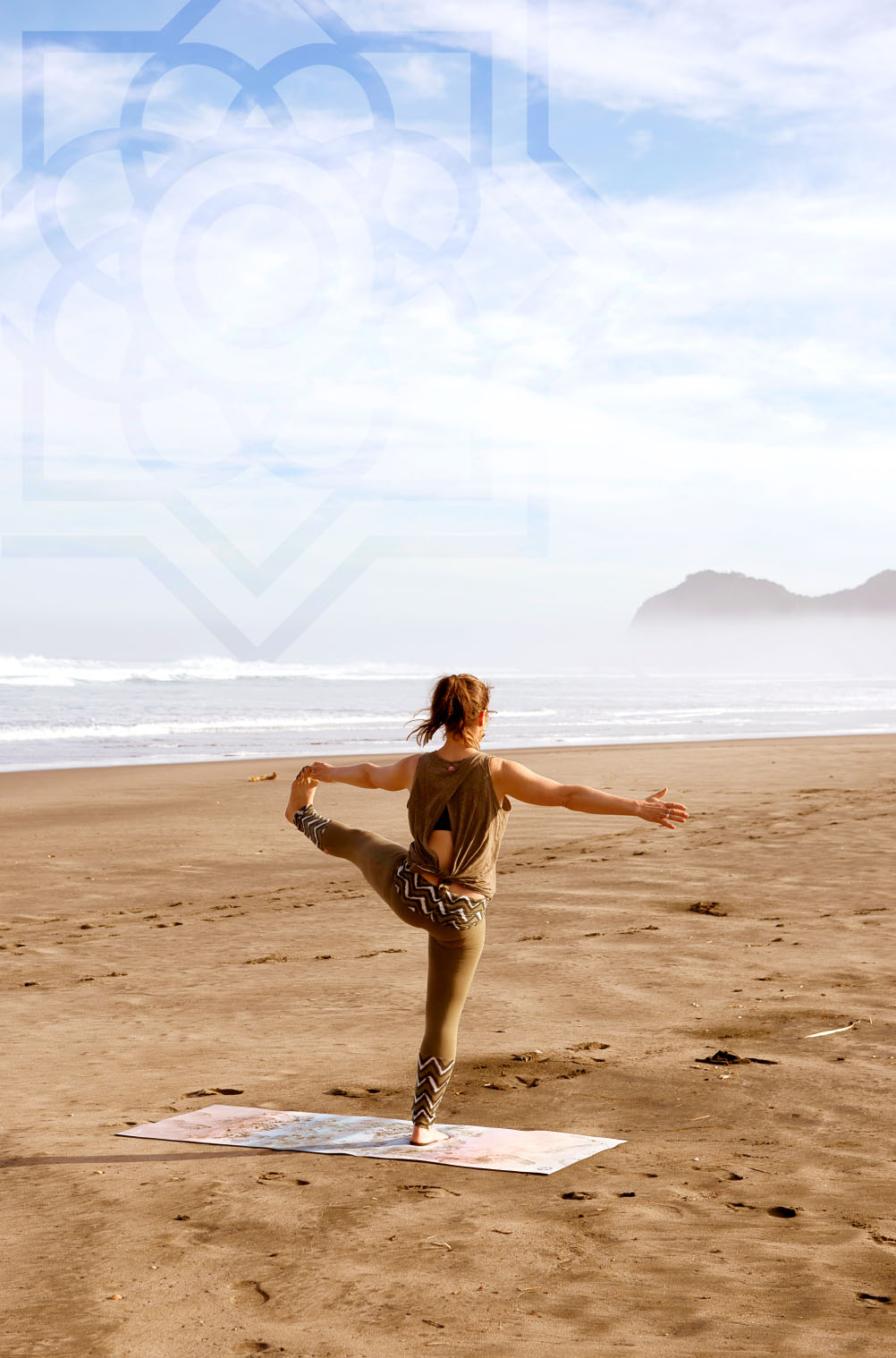Online Workshop with Raya Uma Datta
REFLECTIONS on the ONLINE WORKSHOP with RAYA UMA DATTA
Raya Uma Datta taught a series of four zoom classes exploring the themes, alignment & precision, timing and sequencing. Raya referred to these themes as parts of a single leaf, and aligned the theme of the workshop with B.K.S Iyengars 1988 80th Birthday celebration, where Prashant Iyengar introduced these themes. Raya shared that this workshop had come from his exploration and practice attempting to understand these themes, and their relevance within the Iyengar Yoga practice. Throughout the workshop series we explored these themes through practice,, developing an understanding through practice.
The four classes with Raya were so rich and filled with in-depth explanations, creative analogies, Yoga philosophy, stories, quotes and explorations through asana. In this article I want to share some of the knowledge, wisdom and expertise he imparted.
Raya began the first class by advising us to “be sensitive and sensible” during the online workshop, (good life advice) asking us to be self responsible as he didn’t know our regular practice and couldn’t see our eyes, notice our breath and advise us accordingly.
The theme of the first class was precision & alignment and we began in Tadasana. “Learn to feel your body”, he said, “In Iyengar yoga we speak of precision and alignment almost as the same thing … As we are moving we use alignment to understand precision … alignment is an outside-in phenomena, precision is an inside-out phenomena”.
We then explored alignment through a series of asana. Through trikonasana and the alignment of the front foot and ‘how’ we turn that front foot he offered three positions of the turning of the front foot, turning on the heel, turning on the toes and the placement of the front foot to one side of the mat, and the back foot to the other.
We were asked to observe how the front and back hips align. We were also encouraged to reflect, “Did you notice a difference? Is one placement of the front foot more precise than the other? “ Thus making the point that all three ways can be precise and offer different experiences of alignment.
Raya highlighted practice and the importance of exploration in our practice, quoting B.K.S Iyengar, “alignment gave me enlightenment”. Raya suggested we do as B.K.S Iyengar taught, to start with alignment, that the body is the first prop however not the only prop and that alignment in our practice becomes the means to get to enlightenment. Utilizing the analogy of a pendulum Raya talked about finding the centre point by swinging to the opposite ends, he also said “We will never find precision unless we have overdone and underdone”.
We next explored balance through a series of asana and Raya explained, “External alignment and internal balance add another dimension to your alignment and a better understanding of a precise asana … we need to add alignment to balance to understand precision better”. He went further saying, “Being balanced internally or a balanced person is very different to not falling”.
Through practice we then explored the concept of effort and comfort in practice. Raya asked us “When we bring alignment, balance and comfort together, what kind of precision does that gives us?” He explained that Subjectivity is important, that we should be able to relish the moment in the asana and consider the aesthetics. “Our tendency is toward objectivity, we follow instructions and directions and they are extremely objective and precise in order to get to a well aligned pose, however what do we do once there? The precision applies once we have arrived in the asana“.
He explained, “The mental ego needs to be surrendered into the bodily posture, we need to connect the body, mind & breath, reflect and surrender”. “The body is stretching, the mind observing the stretch and the breath is interpreting. “
Raya completed the first class reminding us that if we cannot do the ‘Light on Yoga’ version of an asana, it doesn’t mean we cannot experience precision. He explained, “Alignment is a subset of precision. Balance is a subset. Comfort is a subset. The body mind and breath are lenses we can look through”.
In the second class we explored timing and through practice we explored the difference between what B.K.S Iyengar spoke of as ‘chronological time’ versus ‘physiological time’. “When we have support and don’t have to fight, our sense of time in an asana is different”.
Raya suggested we examine what our sense of timing in practice is. We tend to focus of the linear sense and timing of an asana, and the end of an asana, however as we develop as a Yoga practitioner, we need to “engage in more than chronological time, where we don’t log the time, instead we stay and lose a sense of time”.
Through a Vinyasa sequence we explored the difference in mind and body between static asanas and moving quickly between asanas. Raya explained how motion is beneficial for drawing the mind inward, quieting the mind and removing mental fatigue. “Do the asana by the feel of it rather than getting carried away by our minds.”
Raya taught that it is through our Yoga practice that we get an opportunity to learn the practice of how we can ‘become’ and work on the being of what we want to become. He explained that when we practice Yoga, more than a biological change happens, we learn empathy and sensitivity and we can change our brain structure and the neural networks within our brains.
Raya advised us to “practice to lose the sense of time”, and to practice stillness in our asanas, witnessing rather than constantly engaging. He asked us to consider asana becoming our confidant in life. “Can there be an intimacy between the different parts of your body, mind, breath and intelligence?”
In the final moments of the class he explained that we needed to let go and have an incredible amount of acceptance, “the best counter to anxiety is acceptance … and non- judgement brings us to the lightness of being”. During savasana Raya explained that it is when we let go of the mental shape, ego shape and intellectual shape, we become shapeless.
In session three Raya focused on sequencing. He began the session with a quote from ‘Light on the Yoga Sutras of Patanjali’. “Yoga is an art, a science and a philosophy … a practical method for making ones life purposeful, useful and noble.” He explained there needs to be a balance between all three aspects.
Raya taught how sequencing can be seen as a part of the science aspect. As in a science experiment, in yoga, we are given a set of objective instructions and we have the opportunity to experiment through sequencing, observing the impact of our practice on our mind, body and breath. Also, when we use props, if used properly, they can give us objective feedback.
Through asana we explored through repeating an asana but changing the orientation. For example, we practised three ways to understand tadasana, standing, supine-lying on the back and then supine-lying on the stomach.
Referring to the sequencing in ‘Light on Yoga’ Raya suggested we trial the sequences and order of variations in our own practice, to explore why the variations are ordered this way. He advised the teachers of the group to look at our study of the asanas and pranayama as a practitioner, rather than as a teacher, and to divert away from linear sequencing and compulsive single route sequences. He said that even doing an asana in a different way is exploring through sequencing and encouraged us as practitioners to see the asanas as a web rather than linear, and sequencing as multifaceted. He suggested we notice what and how sequencing impacts our body, mind and breath.
The fourth and final session with Raya was practice based. He led us through a sequence, offering instructions and we explored all he had shared with us about precision/alignment, timing and sequencing in the previous classes, highlighting his message that Yoga is a practical & experimental art philosophy and science. He demonstrated that when we are sequencing we work on alignment, balance, timing and body, mind, and breath. He encouraged us to sequence our practice for the internal body, to release the abdominal area and to consider ‘progressive sequencing’ rather than just moving from one asana to the next.
Through this session we experienced that some asanas fatigue us quickly physically and some asanas fatigue us quickly mentally, and that the same set of asanas can take us in two very different directions. Another important message he shared was hat through our practice we can get past the limitations we set for ourselves.
Throughout this series of classes Raya used asana practice and demonstrations, physical exploration, intellectual inquiry and breath inquiry, to impart his knowledge. He shared examples, metaphors and stories from B.K.S Iyengars teaching, quoting B.K.S Iyengar and Patanjali to highlight precision, alignment, timing and sequencing in Yoga. With humility and respect to his teacher B.K.S Iyengar Raya taught with fluency and clarity, he embodied the practice and is a dynamic teacher with so much knowledge, experience and wisdom to share.
Older news
Find out about members benefits
Iyengar Yoga practitioner or certified Iyengar Yoga teacher looking to join our community?


